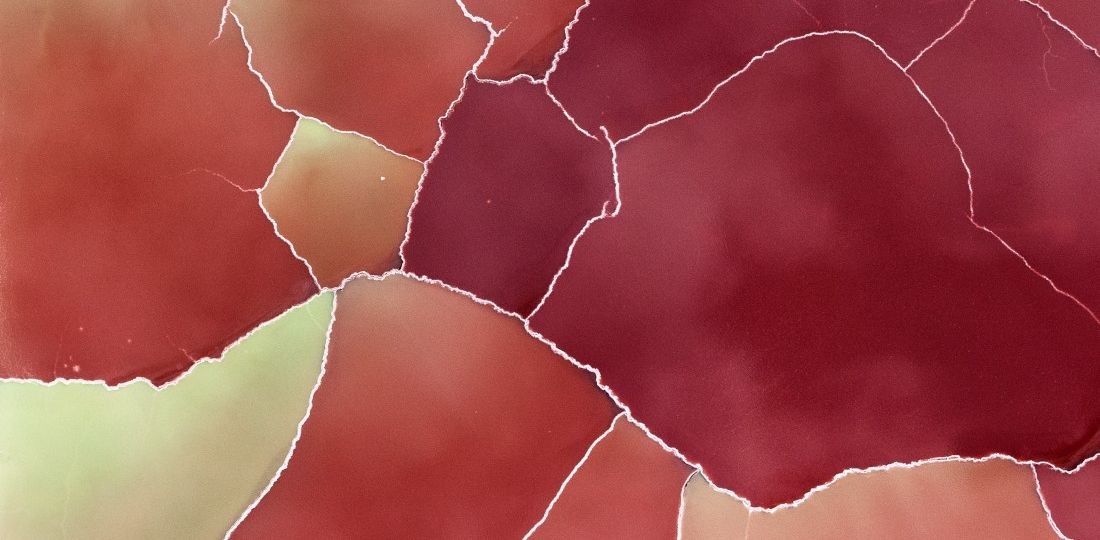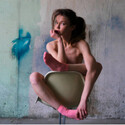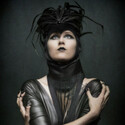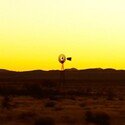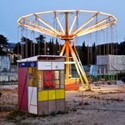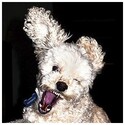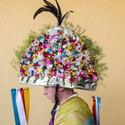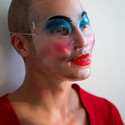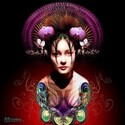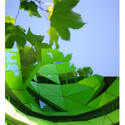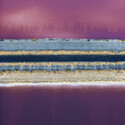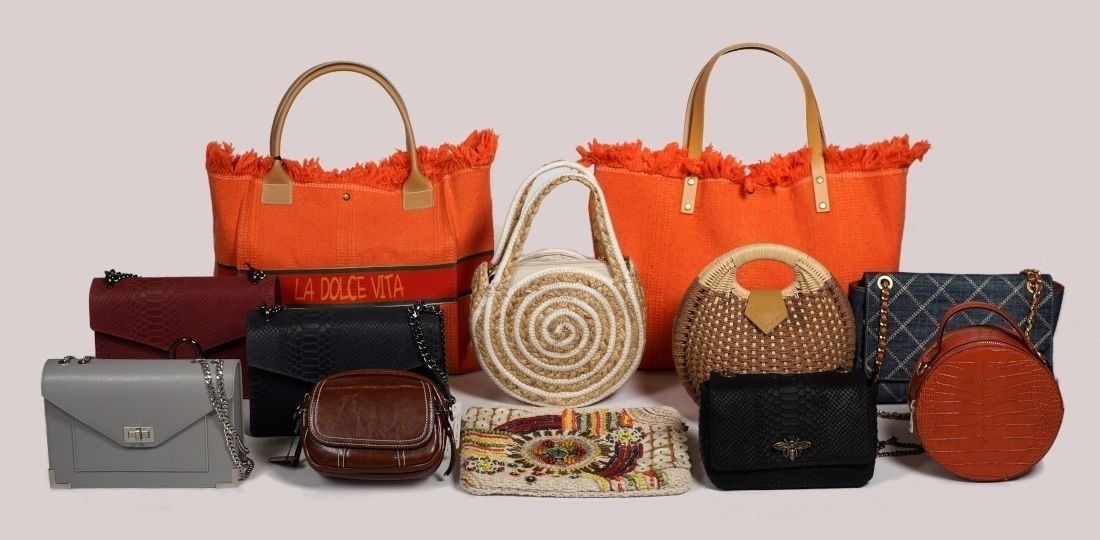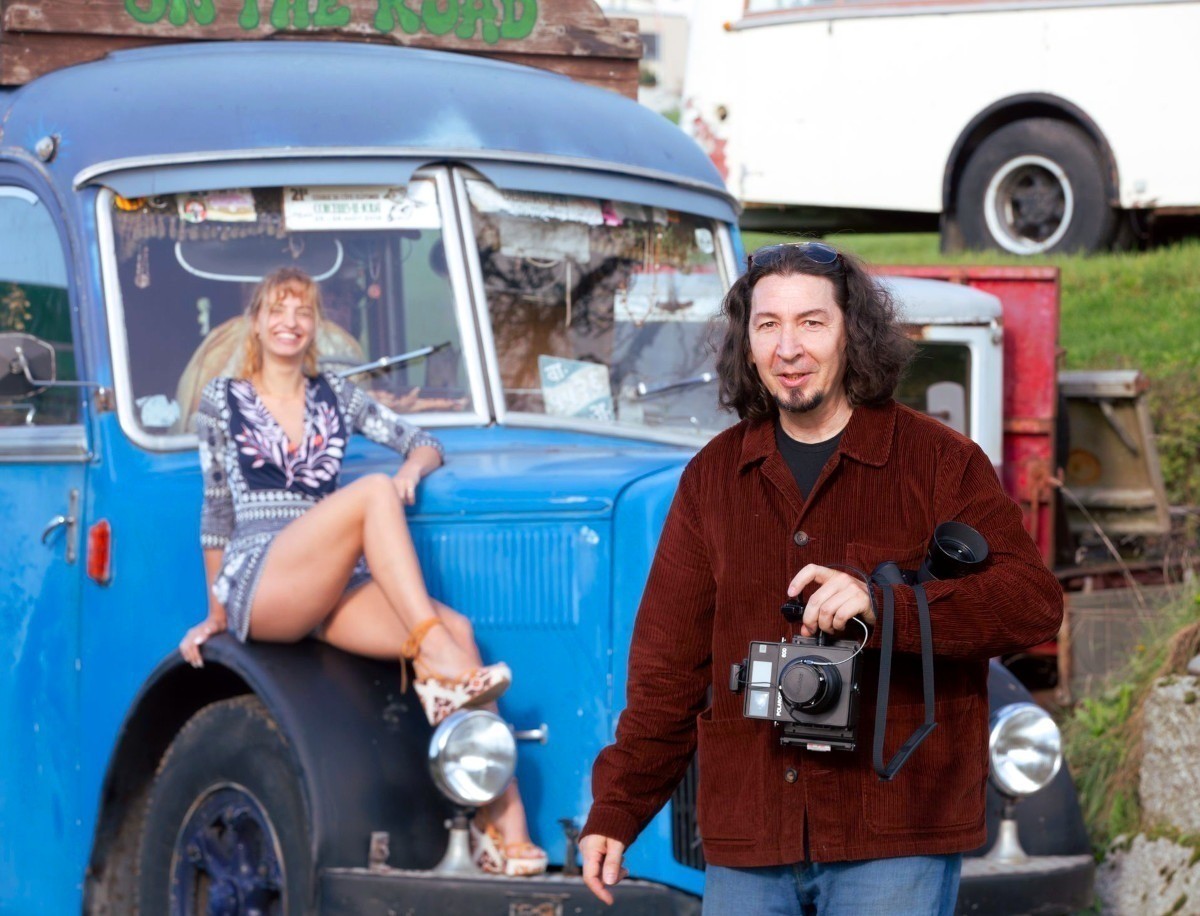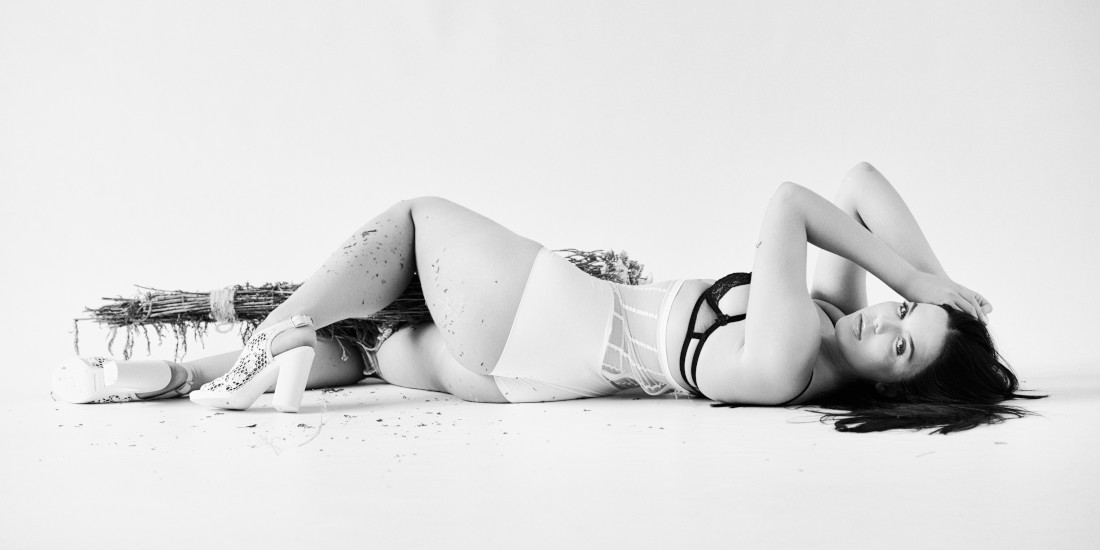
Interview
What is your signature, what differentiates you from other artists?
“I would say sincerity. I create without a second thought. Optimism, perhaps, in the sense that I always hope that the reader, the viewer, looks at my works with an open mind.
A little provocative and ironic; There are subjects that must be shown, stories that must be told. Getting the audience to react and, certainly, think is important to me. Simplicity, I use the places I find without touching them. If it’s dark, the photo will be, if it’s broken, if it’s leaking, if it’s lame, history will be written accordingly.”
Your professional activity is centered on architectural photography, the artistic facet of your activity seems to be at the opposite end of the photographic spectrum. How do you reconcile these two aspects?
“On the one hand, I represent the vision of the architect, of a client. I am at his service and my job, in this case, is to value his with conviction.
Artistic staging tells stories. Places, models, accessories are chosen for a narrative purpose, according to the tone I want to give to the whole, and the spirit of the place too. It is an imaginary, allegorical and ironic world. Contrary to the somewhat clinical determinism underlying architectural photography, here, we are in the improbable, the imperfect, the subjectively beautiful, a freedom that I allow myself.
In fact, these two aspects of my work are a bit like speaking several languages.
You’re the same person when you speak your mother tongue or another one you master, but at the same time a little different, not the same breathing, you know.”
What does your artistic practice bring you personally?
“Apart from any objective or critical considerations, if, when I shoot the Polaroid or look at my monitor, the shot shows something that touches me, that’s what satisfies me. Once brought into the world, I let my images live their lives, in a way, they no longer belong to me. Everyone sees them in a different light, thinks what they want, loves them or hates them. To hear people talk about it among themselves, to see their emotions and to know that, perhaps, these images will live on in their next discussions, it’s also very satisfying.”
What do you want to convey?
“Transmitting… Emotions, food for thought to help see beyond the obvious?”
What is the first element that makes you want to use a place?
“Light or the absence of it. The tones, the objects, the history of the place, imaginary or real. Often, it is also the strength of absence that can be felt when entering an empty place, a certain form of silence. The void, how it is articulated and how I think I can seize it, how I think I can resurrect it, for a while.”
What do you think about the future of photography, how do you see it evolving in the future?
“Photography, in its great simplicity, is for anyone the opportunity to create, to testify, to imagine, to take pleasure in seeing and making others see. An eye, a finger, a little light and anything or anyone in the frame, and voila! Popular in its modern form, photography is here to stay, even as its technological form will continue to evolve.
The future will not be different from the past, there will always be people to use it as a memory, as a testimony, as a form of creative expression…
I think we will return to the permanence of the printed medium. Touching an image, taking it in your hand, looking at it and putting it down or passing it, it doesn’t have the same value, the same impact as on a screen. You can read on a tablet or on a book, the process remains the same, word after word, sentence after sentence, the story unfolds at the reader’s pace. For an image to keep its value, its emotional charge, you have to have it in your hands, it’s a question of tempo…”
How do you choose your models, and if you photograph them dressed or not?
“In the order of things, I compose my scenes starting from the place, from what I discover there. The décor, the light, the geometric peculiarities of the space, all brought back into a frame. The choice of model generally comes quite naturally in the sense that it must fit into the imagined framework.
It must be the counterpoint of the place, the breath of life that will make the scene humanly interesting, the soul of the place, if I may say so.
The clothes and accessories are chosen to match the place, support the narrative, reinforce or erase certain particularities of the chosen place. Dressed or naked, it’s a decision that is often made on the spot, depending on the atmosphere, the light, the effect chosen.”
What do you think about when you take a photo?
“Breathe! checked and rechecked / film, cover / armored lens, loaded plates, level, exposure… Even if everything is prepared, there is a lot of improvisation, and so we adjust the pose, we correct the folds, we move an accessory, we think about putting the pieces of the puzzle in place, we align… It’s the moment when I confront an idea with material reality, and when I try to juxtapose the two.”


